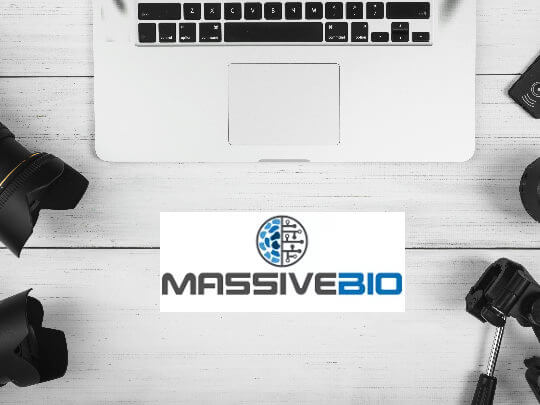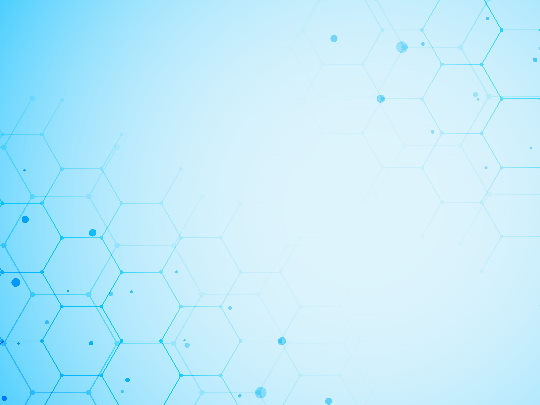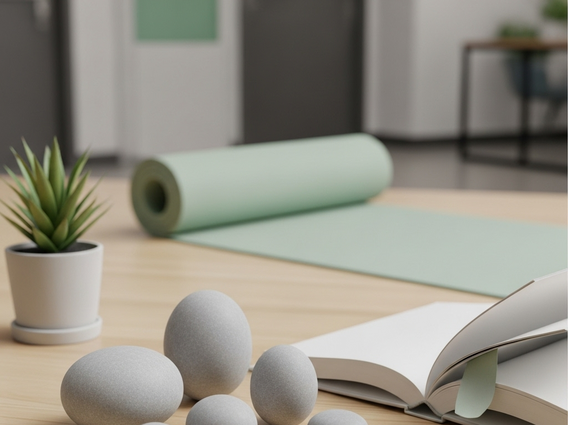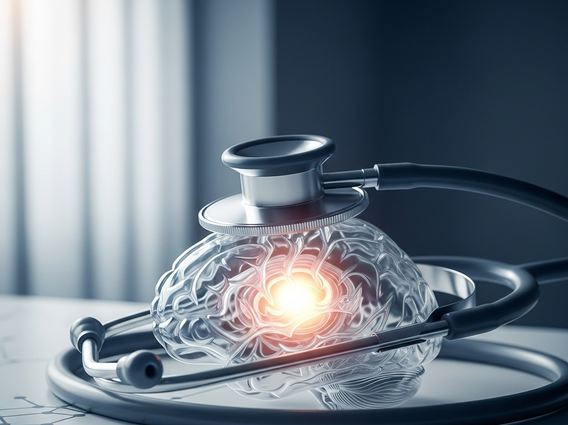Nutrition Tips for Anemia
Anemia, a condition characterized by a deficiency in healthy red blood cells, often results from insufficient iron. While medical treatment is crucial, dietary adjustments play a significant role in managing and improving this condition. This article provides comprehensive nutrition tips for anemia, focusing on foods that enhance iron intake and absorption.
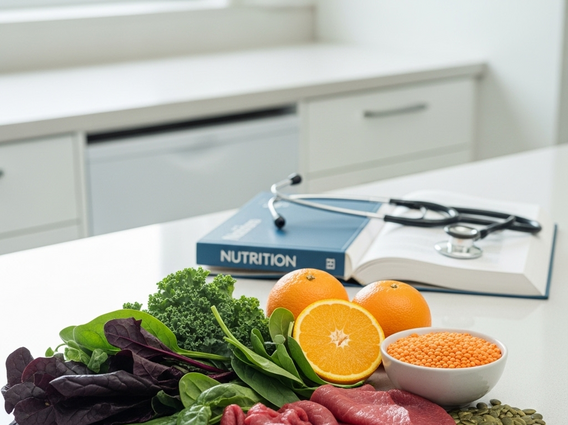
Key Takeaways for Anemia Nutrition
- Prioritize both heme (animal-based) and non-heme (plant-based) iron sources in your diet.
- Pair iron-rich foods with Vitamin C to significantly boost absorption.
- Be mindful of foods and beverages that inhibit iron absorption, such as coffee, tea, and certain dairy products.
- Ensure adequate intake of other essential nutrients like B vitamins (folate, B12), zinc, and copper.
- Consult a healthcare professional or registered dietitian for personalized dietary recommendations and treatment plans.
Understanding Iron-Rich Nutrition Tips for Anemia
Addressing anemia through diet begins with a clear understanding of iron and its various forms. Iron is vital for producing hemoglobin, the protein in red blood cells that carries oxygen throughout the body. Incorporating the right foods can make a substantial difference in managing iron levels.
Best Foods to Eat for Anemia: Heme Iron Sources
Heme iron is the most easily absorbed form of iron and is found exclusively in animal products. For individuals seeking effective foods to eat for anemia, these sources are highly recommended due to their high bioavailability. Including these in your diet can significantly contribute to improving iron status.
- Red Meat: Beef, lamb, and venison are excellent sources of heme iron.
- Poultry: Chicken and turkey, especially dark meat, provide good amounts of heme iron.
- Fish: Tuna, salmon, sardines, and oysters are rich in heme iron and other beneficial nutrients.
Plant-Based Foods to Eat for Anemia: Non-Heme Iron
Non-heme iron is found in plant-based foods and fortified products. While its absorption is not as efficient as heme iron, it still contributes significantly to overall iron intake, especially for vegetarians and vegans. Understanding foods that help with low iron from plant sources is crucial for a balanced approach.
- Legumes: Lentils, beans (kidney, black, chickpeas), and peas are packed with non-heme iron.
- Dark Leafy Greens: Spinach, kale, and Swiss chard are good sources, though their iron is less absorbed.
- Fortified Cereals: Many breakfast cereals and breads are fortified with iron, offering an accessible source.
- Nuts and Seeds: Pumpkin seeds, sesame seeds, and cashews contain notable amounts of iron.
Dietary Recommendations for Anemic Patients: Iron Needs
The amount of iron needed varies based on age, gender, and life stage. For instance, pregnant women and menstruating individuals often require more iron. Tailoring dietary recommendations for anemic patients involves assessing individual needs and creating a plan that ensures adequate intake without overdoing it, which can also be harmful. Always consult with a healthcare provider to determine your specific iron requirements.
Boosting Iron Absorption: Nutrition Tips for Anemia
Simply consuming iron-rich foods isn’t always enough; maximizing absorption is equally important. Certain dietary strategies can significantly enhance the body’s ability to utilize the iron you consume, making your efforts more effective in addressing anemia.
Vitamins for Anemia Treatment: Vitamin C’s Role
Vitamin C is a powerful enhancer of non-heme iron absorption. When consumed together, Vitamin C converts non-heme iron into a form that is more readily absorbed by the body. This makes it a critical component of vitamins for anemia treatment, especially for those relying on plant-based iron sources.
- Citrus fruits (oranges, grapefruits)
- Berries (strawberries, blueberries)
- Bell peppers (red, yellow, green)
- Tomatoes and tomato juice
- Broccoli and other cruciferous vegetables
How to Improve Anemia with Diet: Pairing Foods
A key strategy for how to improve anemia with diet involves smart food pairing. Combining non-heme iron sources with Vitamin C-rich foods in the same meal can dramatically increase iron uptake. For example, adding bell peppers to a lentil soup or having an orange with a spinach salad are simple yet effective pairings.
Another effective pairing strategy is to combine heme iron sources with non-heme iron sources. The presence of heme iron in a meal can also enhance the absorption of non-heme iron, a phenomenon known as the “meat factor.” This makes mixed meals particularly beneficial for individuals with anemia.
Anemia Nutrition Guide: Avoiding Absorption Inhibitors
While some foods boost iron absorption, others can hinder it. A comprehensive anemia nutrition guide must include advice on minimizing the intake of these inhibitors, especially around meal times. Understanding these interactions is crucial for optimizing your iron intake.
- Phytates: Found in whole grains, legumes, and nuts. Soaking, sprouting, or fermenting can reduce phytate content.
- Tannins: Present in tea, coffee, and some wines. These can significantly reduce iron absorption.
- Calcium: While essential, calcium can interfere with iron absorption. It’s best to consume calcium-rich foods at different times than iron-rich meals.
Essential Vitamins and Minerals: Nutrition Tips for Anemia
While iron is central to anemia management, other vitamins and minerals play supportive roles in red blood cell production and overall iron metabolism. A holistic approach to nutrition tips for anemia considers these additional micronutrients.
Vitamins for Anemia Treatment Beyond Iron
Beyond iron, several other vitamins for anemia treatment are vital for healthy blood. Folate (Vitamin B9) and Vitamin B12 are crucial for the synthesis of red blood cells. Deficiencies in these can lead to specific types of anemia, such as megaloblastic anemia.
Vitamin A also plays a role in iron metabolism and mobilization from storage. Ensuring adequate intake of these vitamins is part of a comprehensive dietary strategy to support healthy blood production.
Best Diet for Iron Deficiency Anemia: Folic Acid & B12
For the best diet for iron deficiency anemia, it’s important to include foods rich in folic acid and Vitamin B12. Folic acid is found in leafy green vegetables, citrus fruits, beans, and fortified grains. Vitamin B12 is primarily found in animal products like meat, fish, poultry, eggs, and dairy. Vegans and some vegetarians may need to consider fortified foods or supplements for B12.
Dietary Recommendations for Anemic Patients: Zinc & Copper
Zinc and copper are trace minerals that are also important for iron metabolism. Copper is essential for iron absorption and its release from storage, while zinc is involved in red blood cell formation. Incorporating foods rich in these minerals is part of well-rounded dietary recommendations for anemic patients.
Good sources of zinc include meat, shellfish, legumes, nuts, and seeds. Copper can be found in organ meats, shellfish, nuts, seeds, and whole grains. Ensuring a balanced intake of these minerals supports the body’s ability to utilize iron effectively.
| Nutrient | Role in Anemia | Primary Food Sources |
|---|---|---|
| Iron (Heme) | Essential for hemoglobin production, highly bioavailable. | Red meat, poultry, fish, shellfish. |
| Iron (Non-Heme) | Essential for hemoglobin production, less bioavailable. | Lentils, beans, spinach, fortified cereals, nuts. |
| Vitamin C | Enhances non-heme iron absorption. | Citrus fruits, bell peppers, strawberries, broccoli. |
| Vitamin B12 | Crucial for red blood cell formation. | Meat, fish, dairy, eggs, fortified foods. |
| Folate (B9) | Essential for red blood cell synthesis. | Leafy greens, legumes, fortified grains, citrus. |
| Copper | Aids iron absorption and utilization. | Organ meats, shellfish, nuts, seeds, whole grains. |
| Zinc | Supports red blood cell formation and immune function. | Meat, shellfish, legumes, nuts, seeds. |
Foods to Limit or Avoid: Nutrition Tips for Anemia
Just as important as knowing what to eat is understanding what to limit or avoid to prevent hindering iron absorption. These nutrition tips for anemia focus on dietary inhibitors that can counteract your efforts to increase iron levels.
Foods to Limit for Low Iron: Inhibitors to Skip
Certain foods and beverages contain compounds that can bind to iron and prevent its absorption. For individuals with low iron, it’s advisable to limit the consumption of these items, especially around the time of iron-rich meals. This proactive approach helps maximize the iron your body can absorb.
- Coffee and Tea: Contain tannins and polyphenols that inhibit iron absorption.
- Dairy Products: High in calcium, which can interfere with iron absorption.
- High-Phytate Foods: While healthy, whole grains and legumes should be consumed strategically.
Anemia Nutrition Guide: Tannins and Phytates
Tannins, found in black tea, coffee, and some herbal teas, are potent inhibitors of non-heme iron absorption. Similarly, phytates, present in whole grains, legumes, and nuts, can also reduce iron uptake. An effective anemia nutrition guide suggests consuming these items between meals rather than with iron-rich foods. Soaking and sprouting legumes and grains can also help reduce their phytate content.
How to Improve Anemia with Diet: Calcium Timing
Calcium is an essential mineral, but it can compete with iron for absorption. For those wondering how to improve anemia with diet, a practical tip is to time your calcium intake. Avoid consuming high-calcium foods or supplements simultaneously with iron-rich meals. For example, if you’re having an iron-fortified breakfast cereal, consider having your milk or calcium supplement a few hours later.
Crafting Your Anemia Nutrition Guide & Meal Plan
Translating these dietary principles into daily meals requires thoughtful planning. A well-structured meal plan can ensure consistent nutrient intake and optimize iron absorption, making it easier to manage anemia effectively.
Best Diet for Iron Deficiency Anemia: Sample Meals
Developing the best diet for iron deficiency anemia involves creating balanced meals that combine iron sources with enhancers and minimize inhibitors. Here are some sample meal ideas:
- Breakfast: Iron-fortified oatmeal with berries (Vitamin C) and a sprinkle of pumpkin seeds. Avoid coffee or tea with this meal.
- Lunch: Spinach salad with grilled chicken (heme iron), chickpeas (non-heme iron), and bell peppers (Vitamin C), dressed with a lemon vinaigrette.
- Dinner: Lentil stew with diced tomatoes (Vitamin C) and a side of lean beef.
- Snacks: Orange slices, a handful of cashews, or dried apricots.
How to Improve Anemia with Diet: Consistent Eating
Consistency is key when learning how to improve anemia with diet. Regular intake of iron-rich foods and absorption enhancers throughout the day helps maintain steady iron levels. Instead of large, infrequent meals, consider smaller, more frequent meals to optimize nutrient absorption and prevent digestive discomfort.
Dietary Recommendations for Anemic Patients: Hydration
While not directly related to iron absorption, adequate hydration is a crucial part of overall health and can support the body’s functions, including blood production. Dietary recommendations for anemic patients should always include advice to drink plenty of water throughout the day. Avoid sugary drinks and excessive caffeine, which can have dehydrating effects.
Frequently Asked Questions About Anemia Nutrition
What are the primary dietary changes I should make if I have anemia?
The primary dietary changes involve increasing your intake of iron-rich foods, both heme (from animal sources) and non-heme (from plant sources). It’s crucial to pair non-heme iron sources with Vitamin C-rich foods to enhance absorption. Additionally, you should be mindful of foods and beverages that inhibit iron absorption.
Focus on a balanced diet that includes a variety of fruits, vegetables, lean proteins, and whole grains. Consulting a healthcare professional or a registered dietitian can help tailor these recommendations to your specific needs and the type of anemia you have.
Can a vegetarian or vegan diet provide enough iron for someone with anemia?
Yes, a well-planned vegetarian or vegan diet can provide sufficient iron, even for someone with anemia, but it requires careful attention. Plant-based iron (non-heme) is less bioavailable than heme iron, so vegetarians and vegans need to consume larger quantities and focus on absorption enhancers.
Key strategies include regularly consuming legumes, dark leafy greens, fortified cereals, and nuts, always paired with Vitamin C sources. Soaking and sprouting grains and legumes can also improve iron availability. Vitamin B12 supplementation is often necessary for vegans, as it’s primarily found in animal products.
How long does it take to improve anemia with diet?
The time it takes to improve anemia with diet varies significantly depending on the severity of the anemia, individual absorption rates, and adherence to dietary changes. While dietary modifications are crucial, they often work in conjunction with medical treatments like iron supplements prescribed by a doctor.
You might start feeling some improvements in energy levels within a few weeks, but it can take several months to fully replenish iron stores. Regular monitoring of iron levels by a healthcare provider is essential to track progress and adjust your treatment plan as needed.
Are there any supplements I should take for anemia?
While this article focuses on dietary strategies, iron supplements are often necessary for treating anemia, especially iron deficiency anemia. However, supplements should only be taken under the guidance of a healthcare professional, as excessive iron can be harmful.
Your doctor may also recommend other vitamin supplements, such as Vitamin B12 or folic acid, if deficiencies in these nutrients are contributing to your anemia. Always discuss any potential supplements with your doctor to ensure they are appropriate for your condition and won’t interfere with other medications.
Disclaimer: The information provided in this article is for general knowledge and informational purposes only, and does not constitute medical advice. It is essential to consult with a qualified healthcare professional or registered dietitian for diagnosis, treatment, and personalized dietary recommendations for anemia or any other health condition. This information is not intended to replace professional medical advice, diagnosis, or treatment.
